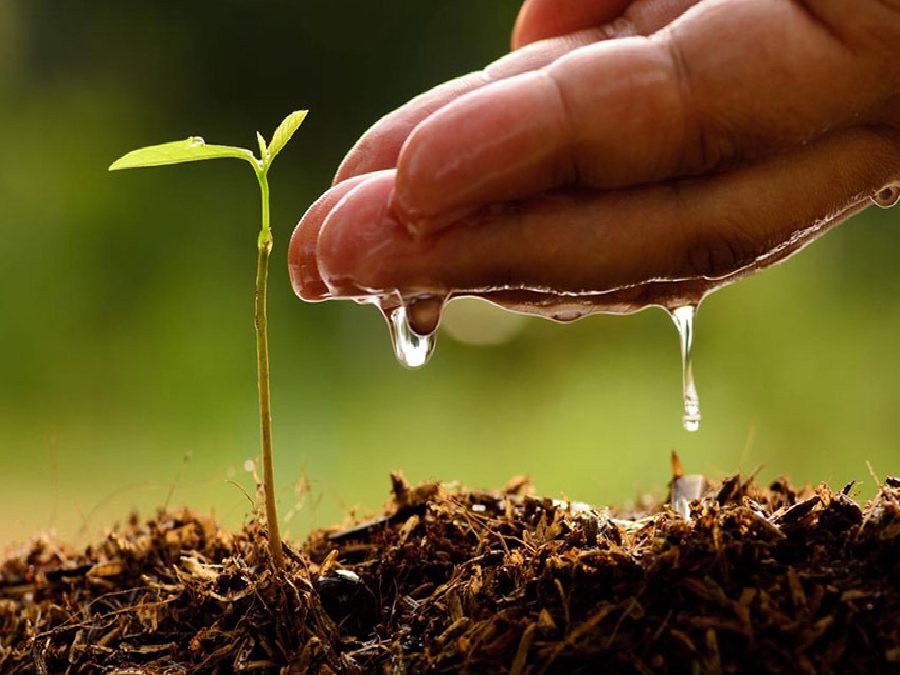Soil Testing
“Soil is the First mother of all Living Organism on Earth”
Soil testing is crucial in agriculture since the soil serves as more than just a substrate for plant growth and a storage space for water and nutrients. Minerals, living things, water, vegetation, and air all interact intricately inside this living system. A powerful tool for regulating health and, consequently, enhancing agricultural output is the ability to do in-depth soil tests in controlled situations.
The agriculture depends on the four main supporting bodies:
- Climate
- Crops
- Cultivation Techniques
- Soil
From an agricultural standpoint, examining the soil is essential since it provides more than simply a foundation for crops and a supply of water and minerals. It is a complex living system where various elements, including organisms, minerals, water, vegetation, and air, all interact with one another. As a result, healthy soil is essential for the long-term provision of agricultural output and ecological services. Soil testing can help you manage your health and increase agricultural output. Soil analysis can be done in labs. https://eos.com/blog/soil-testing/
https://www.farmprogress.com/crops/closer-look-at-innovative-soil-testing-tech
Need for testing Soil Nutrients
At particular phenological stages in their life cycles, plants need particular nutrients. Low concentrations of nutrients severely impede plant growth, while high concentrations of nutrients, such as nitrogen, cause plant withering, fertilizer burns, or abnormal development. Numerous interactions exist between the chemical, biological, and physical processes in soil. These interrelationships need to be in check if cultivable plants are to thrive and yield copious amounts of fruit. https://edis.ifas.ufl.edu/publication/SS621
Its nutritional content significantly affects agricultural productivity and crop yields. Certain plant species are more susceptible than others to bad weather. If low quality, poor mineral element absorption, salinity, and depletion are added to the mix, diseases can grow into a veritable army. Farmers mostly use their eyes to make decisions on fertilizers. Even an experienced expert can make blunders when using this strategy because of the inherent uncertainty that external signals introduce. If one of the required components is lacking or present in excess, the flow of other crucial components may be impeded.
Major Nutrients in Soil
Potassium, phosphorus, and nitrogen are the three major nutrients. Calcium, sulfur, magnesium, iron, manganese, boron, and molybdenum are examples of secondary nutrients for plants in the soil. Each nutrient has a limited supply that different crops require. It may be administered to the soil depending on the availability and shortage of nutrients based on the soil test analysis report from the lab.
https://www.dpi.nsw.gov.au/agriculture/soils/soil-testing-and-analysis/plant-nutrients
Technological transfer in Soil Testing
Instead of analyzing soil samples collected from the field. With the help of cutting-edge intelligence tools like IOT and AI, it can occasionally be evaluated. The intelligent equipment is made for nutrient analysis in soil. The creation of the Android application and the use of IOT to control the signal has resulted in a fully automated system. https://www.azorobotics.com/Article.aspx?ArticleID=482
https://www.cropin.com/blogs/iot-in-agriculture-for-healthier-fertile-soil
Benefits of Intelligent Soil Testing
It offers an analysis report with 12 important characteristics, including pH, electrical conductivity, and all other primary and secondary nutrients in the soil, within 30 minutes. This analysis report can be used to improve soil fertility by adding the necessary nutrients. https://cloudlims.com/automating-soil-testing-using-iot-and-a-lims-solution-for-agriculture-and-farming/
Farmers and Environmental Benefits
- Providing crops with the nutrients they require increases yields and profits.
- Enhancing the uniformity of nutrient availability throughout a field.
- The crop has become more uniform. This not only increases the overall weed resistance of the plants but also simplifies cultivation and sprinkling.
- Increased harvesting schedule reliability. This could enhance market quality and make crop harvesting and drying easier.
- Allowing for the precise identification of the most important nutrients. Assisting you in allocating your budget for fertilizer to the nutrients most likely to increase your profit.
- A smaller amount of nutrients would be lost through leaching or discharge into rivers if plants could use nutrients more efficiently.
- Poorly cared-for crops yield fewer plant parts, which contributes to soil upkeep. Plant waste encourages soil development and shields it from wind and water erosion.
- If the right nutrients are given, crop yields on marginal land can be boosted without turning to intensive cultivation.
Conclusion
Numerous industries depend heavily on soil testing. We advise employing competent and knowledgeable soil testing service providers since it requires a variety of techniques and types. In-house soil testing shouldn’t be compromised because test results show the soil’s quality. The soil testing team at Green Solution is comprised of knowledgeable and experienced experts.
(Source: https://prolibuds.com/importance-of-soil-testing-for-farmers/
https://www.pressreader.com/india/businessline-chennai- 9WVV/20230805/282003266939231)

